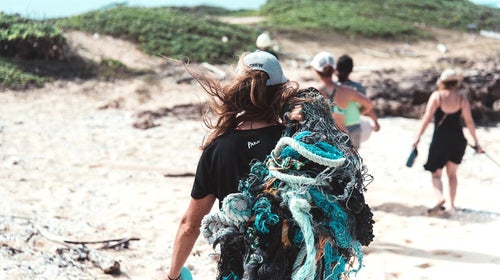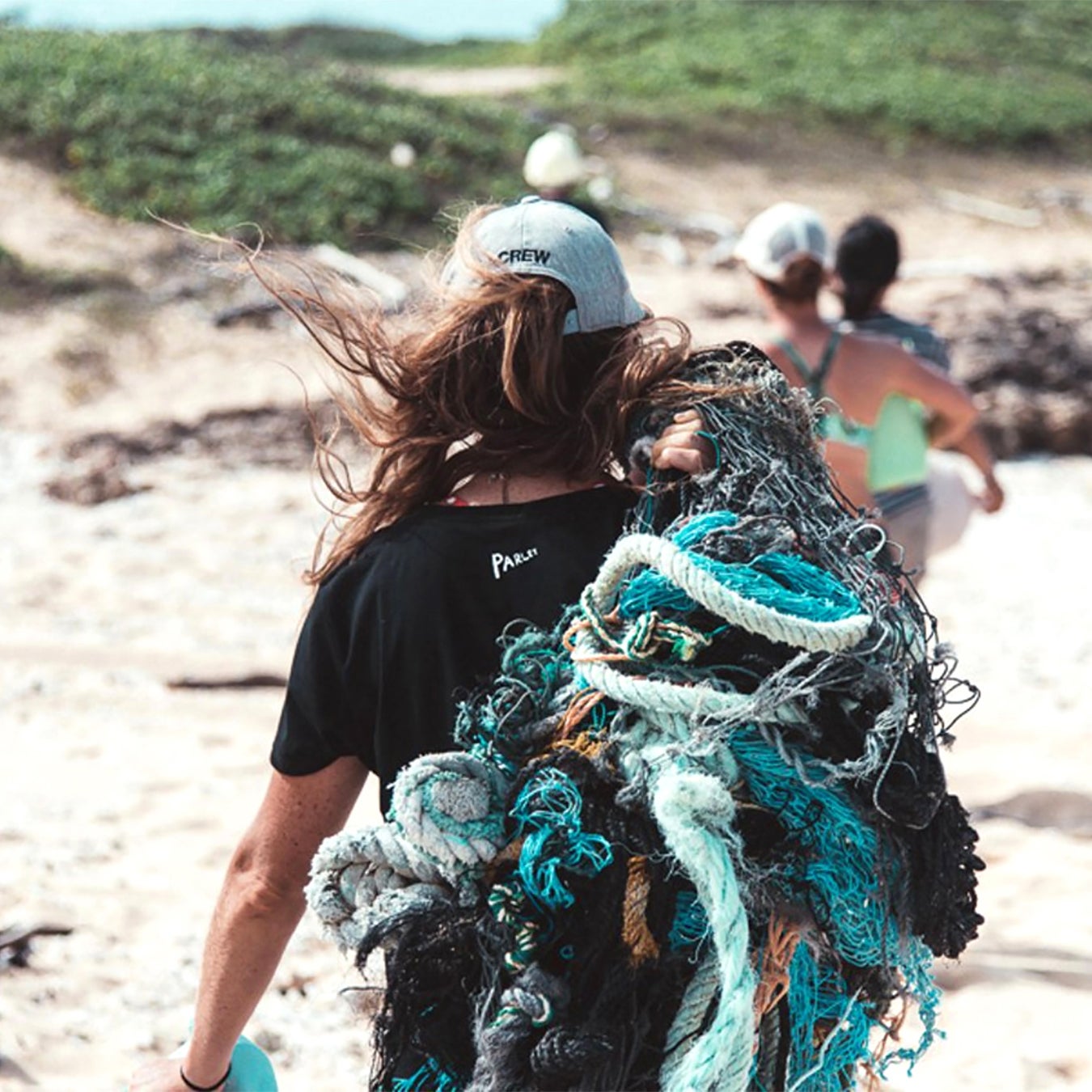When you think about cleaner oceans, does come to mind? It should. For 20 years, the outdoor and sportswear manufacturer has quietly implemented a slew of very impressive company-wide initiatives to become a more sustainable brand. But it’s the company’s relationship with —a global network of creators, thinkers, and leaders from a variety of industries who have pulled together to collaborate on projects to protect the world’s oceans—that might have the most lasting effect.
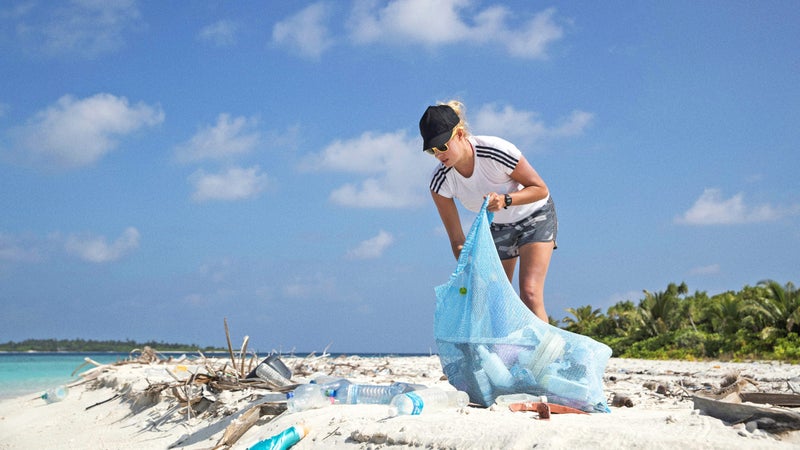
In 2015, adidas partnered with Parley to remove plastic waste from the world’s beaches and shorelines and use that plastic in the manufacturing of its shoes and clothing. To do that, Parley works with partner organizations in the coastal areas in the Maldives to collect plastic from beaches and coastal areas. The plastic collected is sent to a processing facility in Taiwan where it’s turned into yarn.
Globally, it’s estimated that at least five trillion pieces of plastic, weighing over 250,000 tons in total, are now floating in the world’s oceans. Much of that waste consists of large pieces of plastic and plastic fishing nets, which according to one study entangle between 57,000 and 135,000 whales each year.
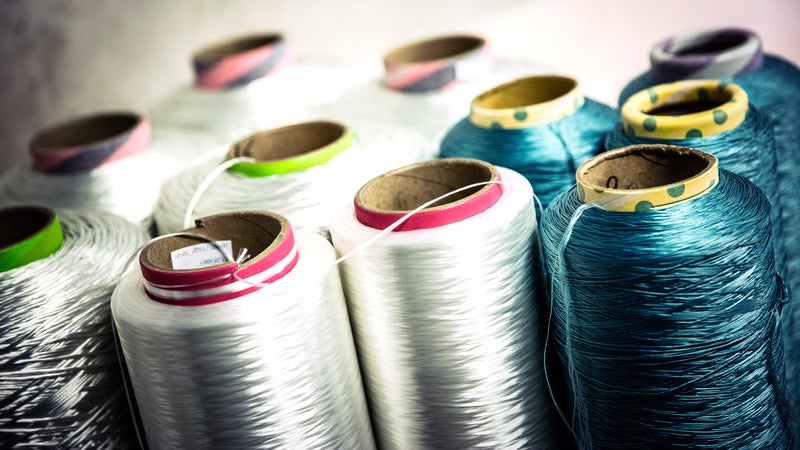
In 2018 alone, that yarn was spun into in adidas’s outdoor-sports-focused Terrex line including shoes, tops, and shorts for men and women. The product has proven to be immensely popular: one million pairs of Parley shoes were sold in 2017, five million will be sold by the end of this year, and in 2019 the company expects to sell 11 million pairs of shoes made with Parley Ocean Plastic. “Each pair of Parley shoes prevents approximately 11 plastic bottles from ending up in the world’s oceans,” says Christian Zwinger, design director for adidas’s Terrex line of footwear.
Each pair of Parley shoes prevents approximately 11 plastic bottles from ending up in the world’s oceans
According to Zwinger, the reason the adidas x Parley shoes and apparel have caught on is threefold. Today’s consumers are looking to support brands that are actively doing their part to reduce their impact on the planet, but that’s just the start. The product also looks great, and, perhaps most important, using recycled plastic hasn’t hurt the integrity of the products. “It’s performing just as well as the normal materials,” he says. “And it looks better than the products we made before.” Case in point: this year’s new . Its socklike, foot-hugging mesh upper is made from Parley Ocean Plastic™ yarn, while a lugged outsole, made from Continental rubber, provides confident grip, making it the perfect companion for long trail runs.
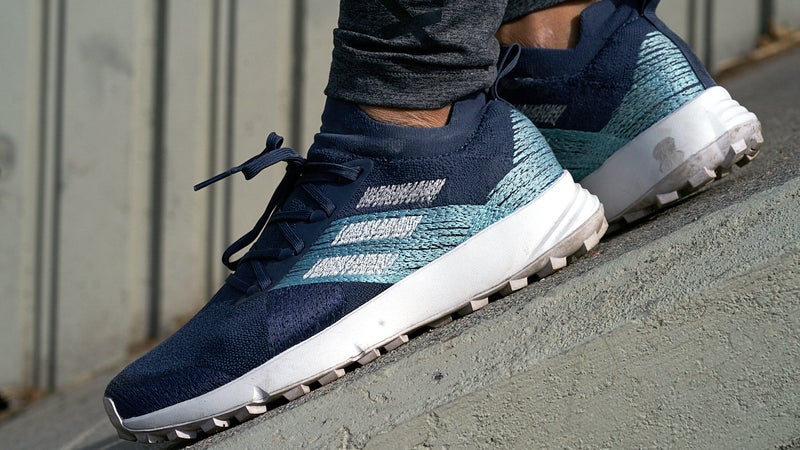
To help bolster the program, in June adidas kicked off the Parley Run for the Oceans initiative, which raised money for the Parley Ocean School, an initiative that educates and empowers a new class of ambassadors for the movement. In just the first few days, runners around the world ran over 500,000 miles. By the end of the month, they’d logged more than seven million miles, raising $1 million. The initative not only helped raise money toward the cause, but help spread awareness for protecting our oceans—something adidas plans to continue to do going forward. “The brand is looking toward using no virgin plastic by the year 2024,” says Zwinger. “Recycled material will be the future.”
adidas is working with to keep plastic from entering our oceans and transform it into high-performance sportswear. Spinning the problem into a solution. The threat into a thread. Learn more at . | Hero image: Kristine Marie Berg
